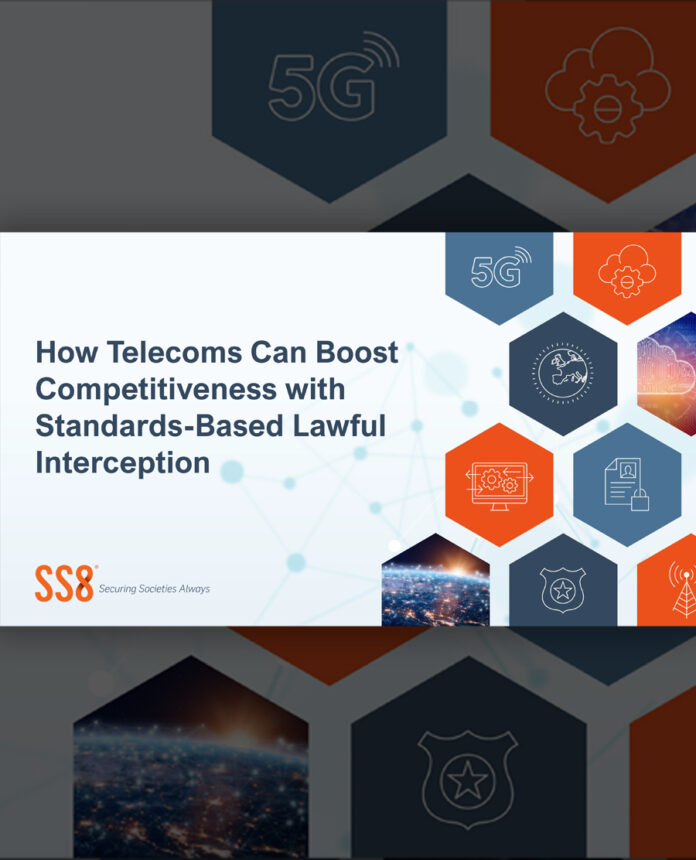By adopting ETSI lawful interception standards, communication providers transform a legal obligation into a tool for cost optimization and technological readiness.
This strategic decision helps enable advanced 5G capabilities like network slicing and large-scale IoT deployments while fortifying national security, attracting investment, and strengthening telecommunications leadership.
In this whitepaper, you will learn:
- how the EU implemented ETSI TS 103 221 and TS 133 128 to streamline a fragmented telecommunications industry
- how standardization addresses 5G standalone implementation challenges like identity management and real-time processing
- why a proprietary model increases total cost of ownership, creates vendor lock-in, slows time-to-market, and stifles innovation




